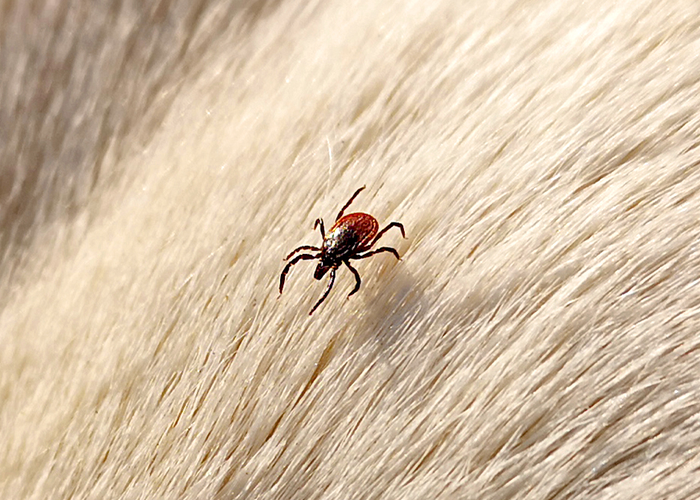

Vector-Borne Disease Screening: Ensuring Health Before and After the "Pandemic Move"
Just a few months into the COVID-19 pandemic, I picked up my family and moved across the country. Apparently, I wasn't alone. Between August 2020 and November 2021,15% of people who moved using United Van Lines said COVID-19 had an impact on their decision to relocate.
For pets and pet owners, moving to a new region brings additional challenges, especially if the distance is far. This is because the relocation may also bring your pet into contact with a vector-borne disease that may not have been prevalent in your previous home.
A New Home Can Mean New Disease Risks for Pets
Pet owners moving to new regions of the country may not understand the potential risk of vector-borne diseases in the region. Or just like people, vector-borne diseases can move or shift into regions. The ranges of many vectors and reservoirs are expanding, and veterinarians are often on the front lines to combat these growing risks with regular comprehensive screenings.
To newcomers in the Northeast and upper Midwest, there's an increased risk of hyperendemic Lyme disease, and the number of cases is forecasted to increase. Pet owners who live in the Southeast are more likely to encounter ehrlichiosis than Lyme disease. If they move to states like New York or Wisconsin, they might not be aware of the local danger of Lyme disease, let alone its steady increase in prevalence. Similarly, pet owners who move south are unlikely to consider the emerging tick-borne disease cytauxzoonosis, which is becoming more common in the southern, south-central, and mid-Atlantic states.
With unsuspecting pet owners moving to any of these regions, comprehensive screening of their pets for vector-borne diseases is more important than ever.
Start the Screening Conversation With Pet Owners
During the initial visit, educating pet owners about new vector-borne diseases can be a good way to stress the importance of conducting a comprehensive screening. These appointments provide more than a "get to know you" opportunity. Not only can you physically examine the pet, but you can also begin building a relationship with a pet owner. Establishing trust in this initial appointment also offers the perfect time to discuss comprehensive disease screening.
Start by communicating the value of a VBD screening to pet owners—especially if they've moved and even if they're showing no symptoms—as a way to catch vector-borne diseases early and help protect both their pets and themselves. Explain how the initial screening will provide you and them with the knowledge of any vector-borne diseases their pet has brought with them. This can be considered their baseline post-move. Next, share with them how you'll want to conduct regular comprehensive screenings with each wellness exam as a way of ensuring the pet has not picked up any infections since moving to the region. In addition, if there are particular diseases that are specific to your area and require specialized testing for sick pets, make them aware.
Educate Yourself and Your Clients
Although you undoubtedly have a sense of which vector-borne diseases you commonly diagnose in your practice, it's important to recognize that diseases such as Rocky Mountain spotted fever, bartonellosis, or tularemia can be misdiagnosed if veterinarians are not considering and testing for them. Continuing education and staying abreast of new vector-borne disease moving trends will inform your diagnosis, especially if the signs presented are similar to other medical issues. Pet owners might be reluctant to screen their pets at first. Consider consulting and sharing resources, such as the Companion Animal Parasite Council's maps, that can support your recommendation for testing.
With many pet owners still relocating and owners avoiding or delaying routine veterinary care during multiple waves of COVID variants over the last few years, you may be faced with a high volume of new pet visits and owners who are unaware of vector-borne disease risks. With the appropriate use of resources, you can not only support your veterinary practice but also help protect the pets in your care.







